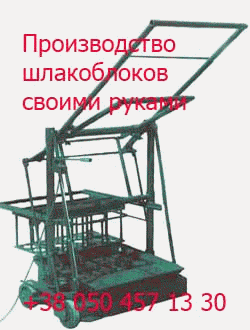Packaging in industry is universal; the need in most cases is the ability of a pressure — sensitive adhesive that will hold well to cardboard surfaces under stress. A simple introductory test would be to determine whether the adhesive wets out the surface well enough to delaminate the cardboard. Although this is a subjective test, it can be used very satisfactorily to rate the cardboard-keying ability of various systems. This test can be performed both initially and after allowing the adhesive to remain in contact at ambient conditions for a prolonged period, usually overnight. An estimate is made of the percentage fiber tear. A cardboard surface is not random; the cellulose fibers lie in a definite direction and at an angle, predetermined by the paper-making machine. Because of this, any cardboard used should be examined initially to determine which way the fibers lie. This is discovered by stripping an adhesive tape from the cardboard surface in each of the four directions. The cross direction of the card will show little or no fiber tear in either direction, while fiber tear should occur to some degree at right angles to this, denoting the machine direction of the cardboard. Because the fibers lie at an angle, the degree of fiber tear in the machine direction can be different, depending upon the direction of stripping. Testing should be carried out in the machine direction, stripping both ways, and recording the estimated fiber tear in each direction.
There are various box closure tests in use, some proprietary, all of which naturally call for the standard cardboard. If the cardboard used in the final package is available, the tests should be repeated with this specific material as many are coated or treated and the behavior on such surfaces can be quite different from that obtained with the standard cardboard.
One conventional packaging tape test is an inverted 90° peel test [25], using either standard cardboard or a cardboard of choice as test surface. The time taken to strip a 1 in. (25 mm) length of a 1 in. (25 mm)-wide sample using a 200-g load is measured (Fig. 8a). By using a window of silicone-coated release paper to define the 1 in. (25 mm) length, only that section of cardboard is contacted, and the sample falls away at the completion of the test.
By using a piece of equipment arranged to create a synthetic box closure, a stress can then be applied to a 2 in. (50 mm) length of packaging tape placed equally across two cardboard surfaces, one or both of which can be variously loaded, and can pivot, as for a conventional box closure (Figs. 8b and c). In Fig. 8b, the stress is one of shear to the tape on the moving surface and low-angle peel to the tape on the fixed surface. In Fig. 8c, they are both shear. The time taken to fail is recorded. Both testing techniques are used commercially. There are also those who prefer a static 20° peel from cardboard in place of either of these methods, measuring the time taken to strip a given length (Fig. 8d).
Then there are the pragmatists who use a new box, then apply 2 in. (50 mm) lengths of packaging tape as L-clips to hold the box flaps in place, 1 in. (25 mm) on the flap and 1 in. (25 mm) on the body of the box, allowing the spring action of the new cardboard to
|
Figure 8 Cardboard box testing: (a) 90° inverted peel; (b) single-arm closure test; (c) double-arm closure test; (d) 20° peel; (e) L-clip. |
create the stress (Fig. 8e). The boxes are then aged for 1 week under various conditions, finally rating the success or failures. A variation of this is the use of boxes overstuffed with latex foam to create the stress. A further commercial method is to fill the boxes suitably, as would be expected in practice, then arrange them on a vibration table such that the flaps are vertical rather than horizontal, and carry out a standard container shipping test.
 8 июля, 2015
8 июля, 2015  Malyar
Malyar 
 Опубликовано в рубрике
Опубликовано в рубрике 